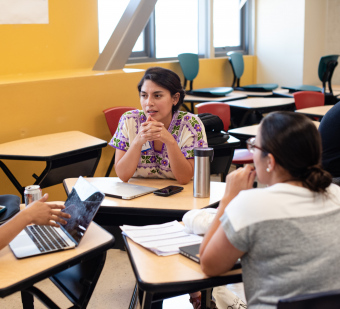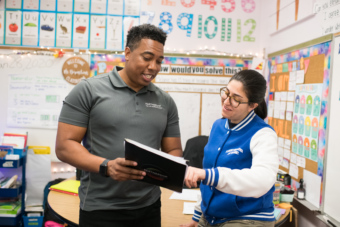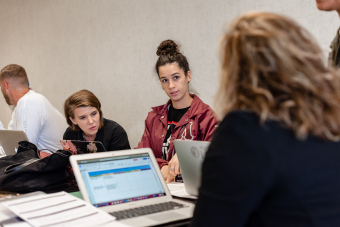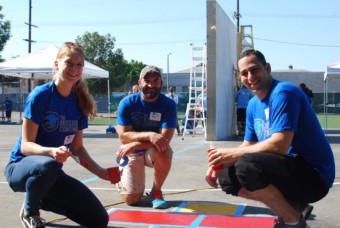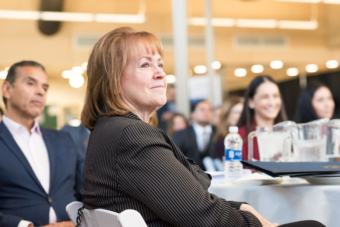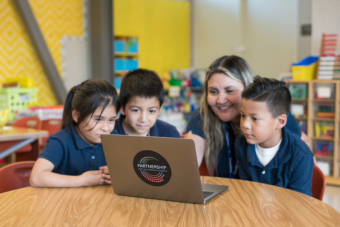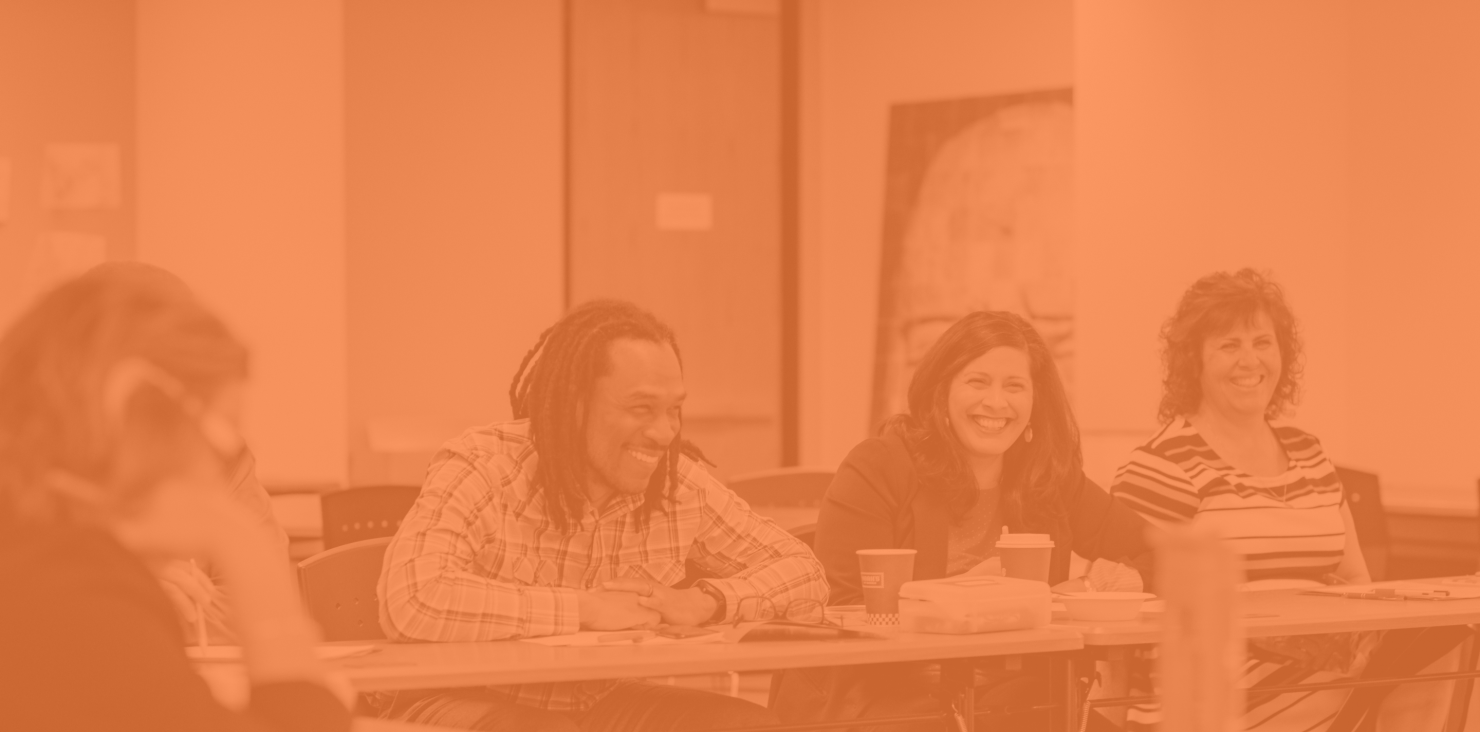
Lessons Learned

“Our experience over more than a decade in Los Angeles, and our track record of improved outcomes for students, prompts us to share our missteps and lessons learned with other districts committed to school transformation.”Joan Sullivan Chief Executive Officer
School transformation is messy.
It is non-linear, arduous work that requires not only the right model and the right people to align around a vision for implementation, but an unflinching determination to continue forward despite challenges and to constantly adapt and find new solutions. School transformation requires a continuity of effort and patience to persevere over the long haul, which despite the urgency for dramatic, short-term gains in student outcomes, is best measured with sustained growth over multiple years.
With over a decade of working in schools within a large district, we’ve learned a lot about what it takes to transform schools and change school systems so that student equity is at the center. We aren’t anything close to perfect, but we do believe that we have something important to share with the sector, including our missteps along the way. Here are some key takeaways for those interested in a partner-led approach to school transformation.



